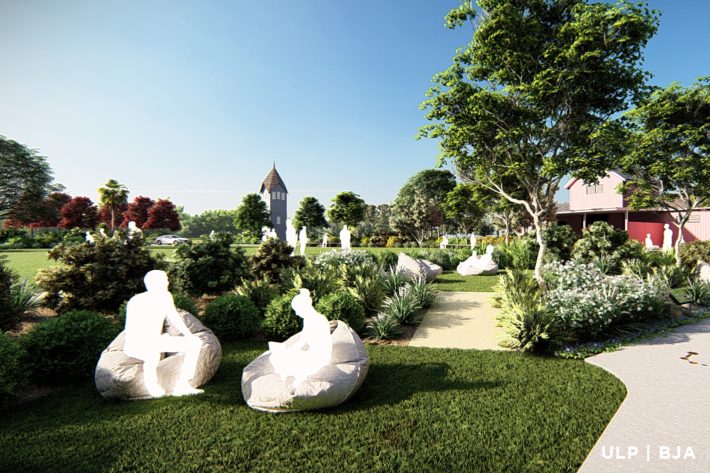Baxter and Jacobson Architects (BJA) recently attended the Learning Environments Australasia (LEA) 3001 Conference, “A Learning Space Odyssey,” reinforcing their commitment to designing educational spaces that deeply consider human nature, engagement and experience. The conference, a vital gathering uniting educators, architects and organisations, focused on best practices and emerging trends shaping the future of Australasian and global learning environments.
A central theme resonating strongly with BJA’s philosophy was the critical importance of interpersonal skills in preparing students for an increasingly AI-driven world. Discussions highlighted that whilst technology is a valuable resource, it should not replace fundamental human connection in learning. As one conference keynote observed, “As social development is increasingly ‘out-sourced’ from parents to schools, learning environments of the future must support enabling interpersonal skills. Children, and adults actually learn human-to-human, face to face. Technology and data are our resources, not the substitute mode of learning.”
BJA had keen interest in Collaborative Stakeholder Engagement; the subject of various workshops the event. BJA’s master planning process actively includes educators, students, parents and the wider community in interactive, design process. This inclusive, iterative approach ensures that the resulting learning environments are ‘of their place’, functional, engaging, beautiful, and also emotionally resonant, supporting experience and creating desired school community. As BJA articulated, “How do you want to feel in that space? We have to be deliberate and intentional in how we ask and then use the information [from stakeholder engagement].” This collaborative approach also extends to balancing the diverse needs of educators, acknowledging that “innovative architecture necessitates training for our educators in how to use our spaces/buildings and vice versa.”
The conference reinforced our core belief in the Enduring Importance of Human Connection in Learning Spaces. Understanding the nuances of group, teacher-student, and peer connections is paramount in their design philosophy. As noted during the conference, “Kids want connection. Even in retreat, they want to be alone – together.” BJA recognises that the quality of learning spaces – encompassing human and civic scale, texture, colour, natural light, and landscape connection – significantly impacts our learning experience. The recognition of the School as a community hub, fostering civic pride and identity plus provision of service, also resonates with BJA’s holistic approach.
Furthermore, our expertise in Architecture to support Experiential Learning connecting to Nature was mirrored in the conference’s campus visits; examples of engaging and adaptable learning spaces directly connected to the outdoors, with natural light and sky views. We firmly believe that “The design of external spaces is fundamental – equally as important as the internal spaces”. We use the buildings to form the external spaces and also create legible connectivity and visual pathways through.” This approach defines space and identity, fostering a strong sense of belonging – grounded in Place.
Wellbeing, facilitated by user engagement/sense of ownership through participatory design, remains a crucial consideration. Conversations about the critical importance of acoustics, scale and graded public/private zones in creating comfortable and effective learning environments further validates our design principles. Ultimately, our participation in the LEA 3001 Conference has reaffirmed our dedication to creating learning spaces that are not only functional and innovative but also deeply human-centered, fostering a sense of belonging and connection rooted in the unique context of each school.


